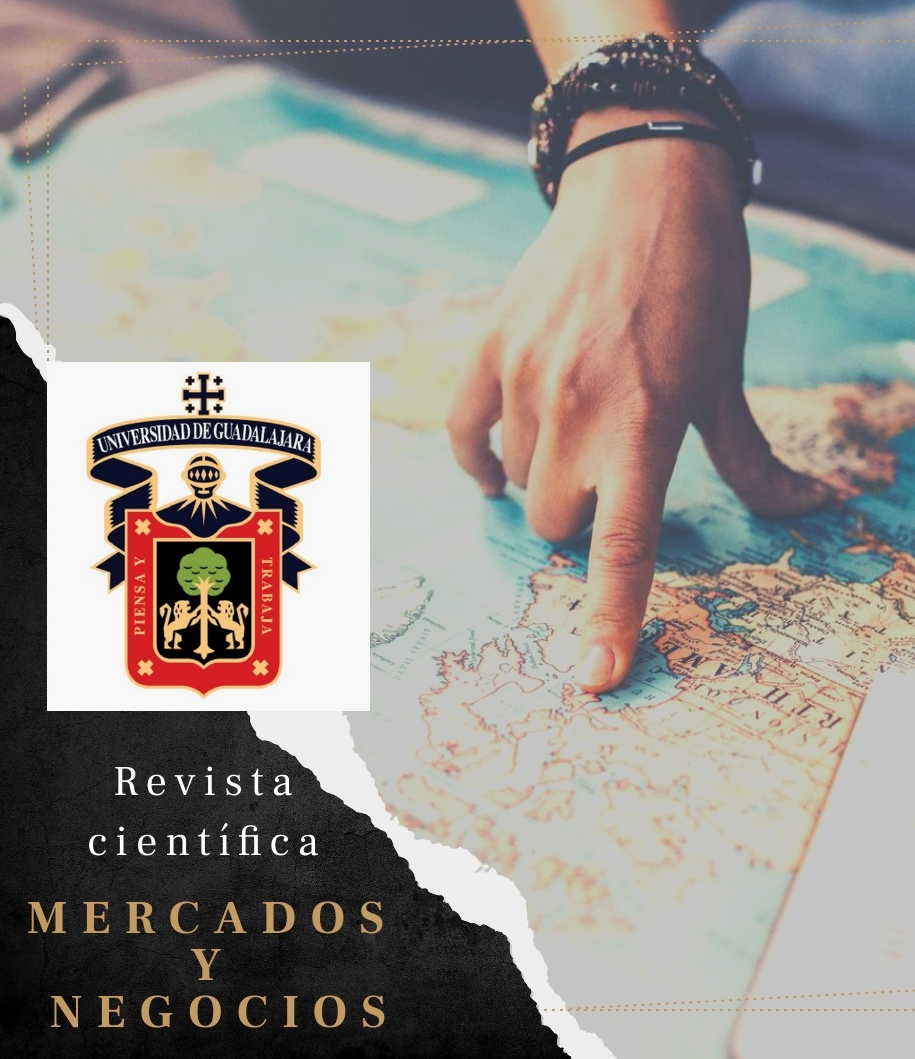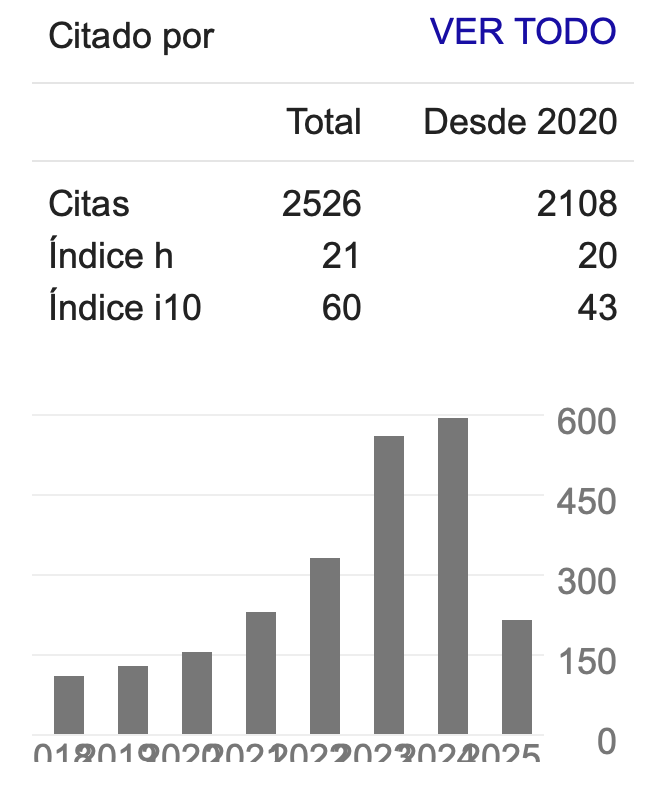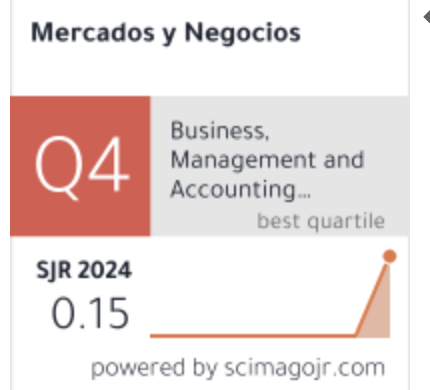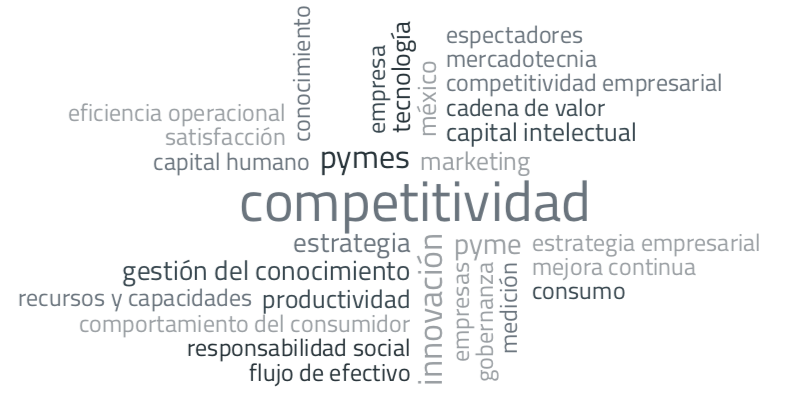Innovation Ecosystems against SARS-CoV Coronavirus: Pharmaceutical Industry
DOI:
https://doi.org/10.32870/myn.v0i43.7605Keywords:
bioeconomics, complexity, coronavirus, game theory, vaccinesAbstract
The article uses game theory to make a situational analysis of research and development (R&D) for treatments against the coronavirus SARS-CoV. The bioeconomic complexity causes a market failure with the virtual disappearance of the pharmaceutical industry. This requires government intervention for the implementation of a pharmaceutical industrial policy. The paper proposes the design and enactment of a National Pharmaceutical Policy (NPP) not based exclusively in the market. It proposed the creation of a National Academy of Mexican Traditional Medicine and the implementation of e-government solutions based on the Internet of Medical Things (IoMT)References
Acemoglu, D. & Linn, J. (2004). Market size in innovation: Theory and evidence from the pharmaceutical industry. The Quarterly Journal of Economics.
Anderson, R. & Müller, A. (2017). The Revised WTO Agreement on Government Pprocurement (GPA): Key design features and significance for globla trade and development, WTO Working Paper ERSD-2017-04.
Antonelli, C. (2009). The economics of innovation: from the classical legacies to the economics of complexity, Economics of Innovation and New Technology, 18:7, 611-646, DOI: 10.1080/10438590802564543.
Campbell, W. (2015). Ivermectin: A Reflection on Simplicity. Nobel Lecture.
Campbell, W. (2016). Lessons from the history of ivermectin and other antiparasitic agents. Animal.annualreviews.org: doi: 10.1146/annurev-animal-021815-111209. Annual Review of Animal Biosciences.
CDC. (2003). SRAS. Center for Disease Control,Link: https://www.cdc.gov/sars/index-sp.html
Contreras-Loya, D., Reding-Bernal A., Gómez-Dantés, O., Puentes-Rosas. E., Pineda-Pérez D., Castro-Tinoco, M., Garrido-Latorre, F. (2013). Abasto y surtimiento de medicamentos en unidades especializadas en la atención de enfermedades crónicas en México en 2012. Salud Pública Méx.; (55), 618-626.
Diamond, J. M. (1999). Guns, germs, and steel: The fates of human societies. New York: W.W. Norton & Co.
EdX. (Hong Kong University). (2015). Epidemics, HKUx: HKU01x [Online course]. https://courses.edx.org/courses/course-v1:HKUx+HKU01x+3T2015/course/
Expansión (2011). Compras inteligentes. IBM apuesta todo por internet. En Guadalajara, la compañía diseñó una solución que demuestra. Revista Expansión. https://expansion.mx/expansion/2011/09/14/compras- inteligentes.
Hausmann, R. & Klinger, B. (2007). The Structure of the Product Space and the Evolution of Comparative Advantage, CID Working Paper No. 146.
Hidalgo, C. & Hausmann, R. (2009). The Building Blocks of Economic Complexity, CID Working Paper No. 186.
Hopkins, J. (2020). Coronavirus Resource Center. Recuperado julio 10, 2020 de https://coronavirus.jhu.edu/
Jamróz, W., Szafraniec, J., Kurek, M., & Jachowicz, R. (2018). 3D Printing in Pharmaceutical and Medical Applications – Recent Achievements and Challenges. Pharmaceutical Research, 35(9). doi: 10.1007/s11095-018-2454-x
Kreps, D. (1991). A course in microeconomic theory. Princeton University Press.
Kuri, P.& Santos, J. (2003). PreciadoSíndrome agudo respiratorio severo y la respuesta organizada en México: ¿estamos preparados?, Salud pública Méx. 45(3).
MSH. (2012). MDS-3: Managing Access to Medicines and Health Technologies. Arlington, VA: Management Sciences for Health.
Nowak, M. (2006). Evolutionary Dynamics. Exploring the equations of life. Harvard University Press.
Omran, A. (1971). The epidemiologic transition: a theory of the epidemiology of population change. Milbank Quartely. 83(4):731-757. doi:10.1111/j.1468-0009.2005.00398.x
Ōmura, S. (2015). A Splendid Gift from the Earth: The Origins and Impact of the Avermectins. Nobel Lecture
OMS. (2003, 5 de julio). El brote de SRAS ha sido contenido en todo el mundo, Organización Mundial de la Salud. Link: https://www.who.int/mediacentre/news/releases/2003/pr56/es/
Popper, K. (1962). La lógica de la investigación científica. Madrid: Tecnos.
Regmi, S., Callender, T., Knox, A., Bhopal, A. (2014). Research and development funding for 13 neglected tropical diseases: an observational economic analysis. The Lancet. Published Online October 19, 2014.
Shrestha, M., Moles, R., Ranjit, E., Chaar, B. (2018). Medicine procurement in hospital pharmacies of Nepal: A qualitative study based on the Basel Statements. PLoS ONE 13(2): e0191778. https://doi.org/ 10.1371/journal.pone.0191778
UE. (2017). Communication from the Commission to the European Parliament, the Council, the Eropean Economic and Social Committee and the Committee of the Regions: Making Public Procurement work in and for Europe (COM/2017/0572). Bruselas: UE.
WHO. (2020). WHO press briefing. Recuperado julio 10, 2020 de https://www.who.int/emergencies/diseases/novel-coronavirus-2019/media-resources/press-briefings
Wilkens, C. (2009). The Complexity of Models of International Trade, Working paper.
Wirtz, V., Dreser, A., Heredia-Pi, I. (2013). Retos y oportunidades para el desarrollo de la política farmacéutica nacional en México. Salud Pública Méx; (55), 329-336.
Youyou, T. (2015). Artemisinin—A Gift from Traditional Chinese Medicine to the World. Nobel
Published
How to Cite
Issue
Section
License
Copyright (c) 2021 Manuel Gerardo Chávez Angeles

This work is licensed under a Creative Commons Attribution-NonCommercial 4.0 International License.
Mercados y Negocios by Department of Mercadotecnia y Negocios Internacionales. University of Guadalajara is licensed under a License Creative Commons Attribution-NonCommercial 4.0 International.
The author retains the copyright.








